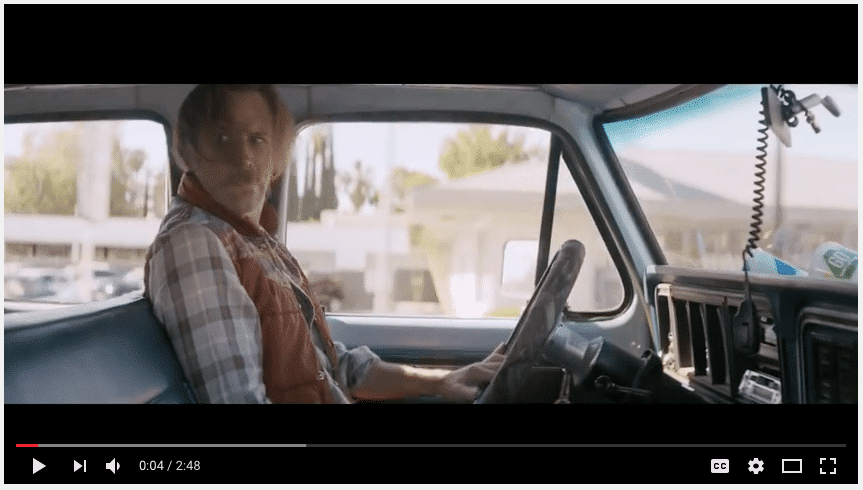Hospital Advertising: Obscenely Effective Video Boosts Organ Donors
This is not your typical video role model. You may not like it at all. But hospital advertising can steal strategy and creative ideas from this unorthodox (and somewhat rude) marketing gem. This little film blasts through clutter and makes an overly-familiar message standout in an entirely new way.
The visual story of Coleman Sweeney—the World’s Biggest A—hole—is going viral. (About a million views on YouTube in it’s first week.) No doubt it’s destined to swim in advertising industry awards. And more importantly, it will produce results like crazy for the non-profit sponsor, Donate Life America.
Some folks may need to adjust their personal sensibility shields before watching. The two-minute Coleman Sweeney film is crude and compelling. It’s humorous and it’s touching. It moves from disgusting to deliverance. And the story flows from A—hole to hero. [Watch now: The World's Biggest Asshole]
There's a diamond inside this burlap rag. It's a heartfelt message for Millennials to become organ donors. Hospital and healthcare communicators can relate to the need for this campaign. At any given time, 120,000 people are waiting for an organ. What’s more, 95 percent of Americans are in favor of being a donor, but only 52 percent are registered, according to Donate Life America.
World’s Biggest A--hole: Ideas Worth Stealing for Hospital Advertising
Unfortunately, facts and figures aren’t compelling. Our brains are hardwired to think in narrative terms. And this well-told story deliberately breaks conventional boundaries. As a result, here are some of the creative components that make Coleman Sweeney a forceful and memorable message.
TARGET AUDIENCE: Millennials (roughly, individuals born between 1982 and 2004) are not Coleman. But this group is drawn into to the direct and irreverent story format. Furthermore, the payoff message appeals to Millennials’ “civic-minded” nature.
BREAKING BARRIERS: Telling an old story requires a new approach to be effective. The exaggerated portrait of Coleman Sweeney (including the rude language) forcefully cuts through advertising clutter.
HUMOR AND SURPRISE: Shock-value aside, the amusingly crude persona is redeemed in the end. As Will Burns wrote about it in Forbes: “It’s edgy because the film needed massive contrast (from “asshole” to “hero”) to magnify the message of organ donation for Millennials.”
TAKING A RISK: This example video is not a suitable approach for most hospital advertising. But a powerful cornerstone of this strategy—a concept you can adopt—is a willingness to risk venturing into new creative territory.
Hopefully, local hospitals and healthcare organizations will benefit from this outreach to Millennials and others. The organ donation shortfall is nationwide. Unfortunately, the facts alone are an old story. The powerful strategy behind the Coleman Sweeney film is to tell a familiar tale in a unique—cheeky and slightly off-color—way. Call it controversy for a good cause.
For related reading, see: 9 Ways to Leverage Visual Storytelling Today (and the Future).









